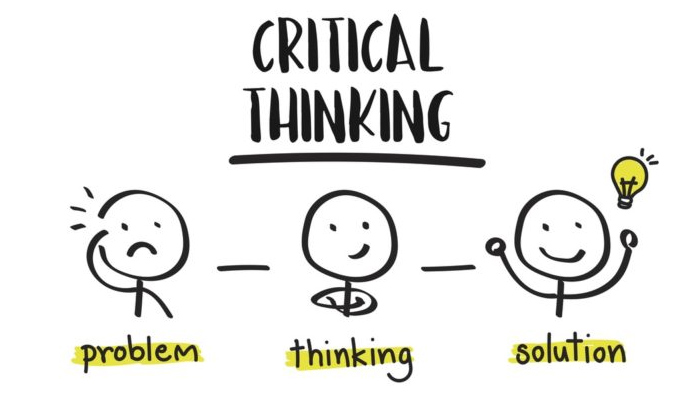
Critical thinking is a critical skill for academic or professional success, but for many students, thinking critically and analytically, evaluating information, and solving problems is a real challenge. Educators facilitate the development of these skills. Presented below are some models that may help enhance students’ critical thinking skills in the classroom.
Encourage Questioning
Rather than asking students to simply provide a direct answer to a question, get students in the habit of wondering “Why?” or “How?” These types of questions are important because they challenge students to think critically about concepts rather than just regularly restating what they learned. For example, when teaching a history event, ask students, “What were the conditions leading up to the event, and was there any way to prevent it?”
Use Real-World Problems
When students can apply concepts, strategies, techniques, and views towards solving current real life issues and problems, they are able to see the relevance. Designing lessons to investigate case studies, taking part in debates or class discussions, and using project based learning require students to review evidence, explore alternatives, take positions, and make integrated decisions. Students in science classes can explore the topic of ethics in research, and mathematics classes can use real-world financial planning scenarios to create and solve problems.
1. Teach them to support reasoning
Students will want to write essays and presentations that justify a position or conclusion. Have students analyze each other’s reasoning. This will create awareness of biases, flaws, and improve their participation in and development of ideas.
2. Encourage Reflection
Activity completion reflection encourages awareness of their own thinking process. Following assignment completion, students can be asked to assess which facet of their thinking was the hardest, and why. They may also be asked how they would consider doing it differently next time. This triggers metacognition, or thinking about one’s own thinking.
3. Collaborative Opportunities
Group conversations move students from an understanding of autonomy, to an understanding of shared perspectives, which may challenge their original assumptions. Debates and peer review instruction requires active listening and engagement, as well as constructive feedback.
Limit Dependence on Rote Learning
Minimize memorization at all costs. Instead, develop assessments that require students to analyze, synthesize, virus – example solving an unknown problem or comparing two theories with differing views.
Final Thoughts
Critical thinking is not automatic; it must be practiced and refined. Using one or more of these strategies, educators can help students develop the competency to process complicated information, assess their reasoning and decision-making, and be ready for whatever comes their way in the future.
